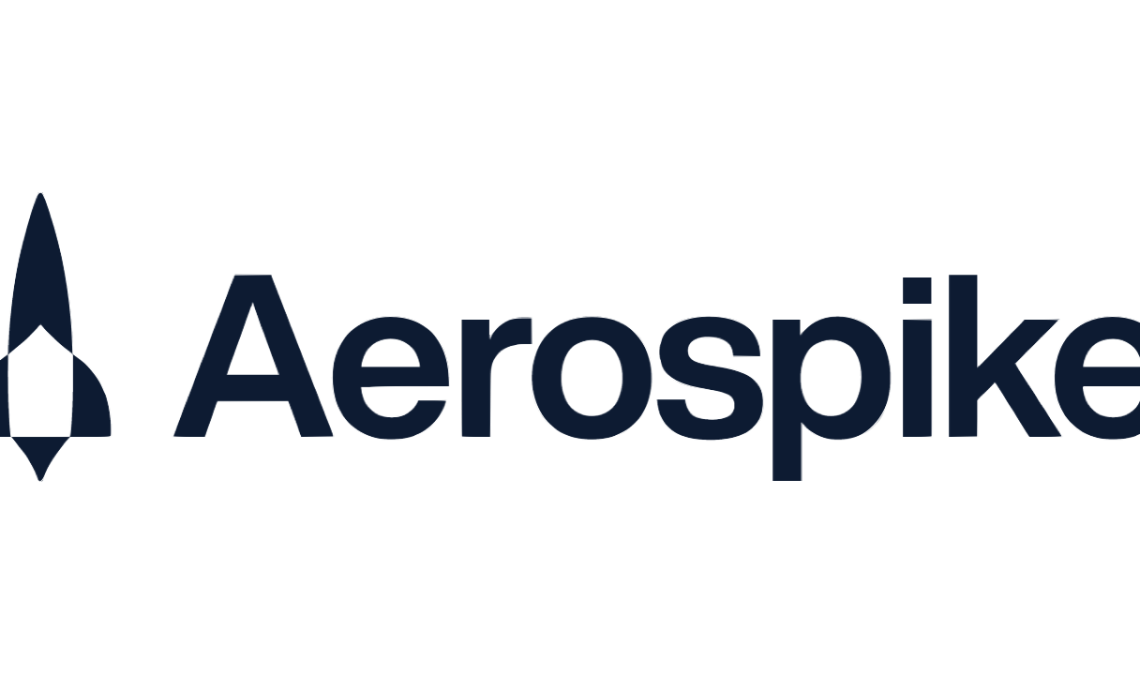
As demand for AI continues to grow, so too is interest and demand in database technologies that help to support AI efforts.
One such vendor is Aerospike which is seeing new demand for its real time NoSQL database platform. To support that demand and help the company expand, the company today announced that it has raised $109 million in a new round of funding, as it seeks to add new AI capabilities and expand its go-to-market efforts. Aerospike got its start back in 2009 with a focus on advertising technology applications. In recent years, Aerospike has been steadily adding new features and growing as a multi-model database, providing support for the JSON document model in 2022 and in 2023 adding graph database capabilities.
Aerospike is increasingly being used to enable AI and machine learning (ML) applications and includes Adobe, AppsFlyer, Barclays, Flipkart and PayPal among its many users. While Aerospike is being used to support AI/ML today, it does not yet have vector capabilities, which is something the company is building out and plans on releasing this quarter.
“We were founded on the premise that real-time access to data is going to pretty much be prevalent in every industry,” Subbu Iyer, CEO of Aerospike, told VentureBeat. “One of the things we have seen is the need to really get data access and drive insight in real time.”
Vector isn’t the only thing that’s needed for an AI database
Over the last year, there has been an explosion in the number of database providers supporting vector capabilities.
Google recently announced that all of its cloud databases will have vector support. Graph database vendor Neo4j, which has a competitive offering to Aerospike, announced its vector support in August 2023. While vectors are critical to enabling different generative AI use cases, they are not the only way that organizations are using databases to enable AI.
“A lot of the use cases that we do today are in the realm of predictive AI,” Iyer said.
Iyer said that Aerospike currently supports AI and ML use cases without native vector support. The use cases typically include predictive AI, which is a form of AI for making predictions that predates the modern deployments of gen AI types of models. With the predictive model, Iyer said that organizations are doing offline model training and then storing the results in Aerospike. Moving forward Iyer expects that Aerospike will be used to support a continuous learning process.
Aerospike is currently building out full vector capabilities as an enterprise preview with early access customers and will reach general availability this quarter.
The intersection of graph and vector is a powerful AI combination
The combination of Aerospike’s existing multi-modal database capabilities, including graph database, alongside the in-development vector support, has some interesting possibilities.
“We see a lot of synergy between vectors and graphs going forward,” Iyer said.
Iyer noted that organizations are leveraging vector embeddings to help bring more context and intelligence to AI. Some of the vectors can also be graphs, which are used to better understand the relationship across different entities.
“Our graph solution right now is primarily a knowledge graph and we are selling into identity and fraud,” Iyer said. “Folks are leveraging vectors for recommendation engines, for fraud and so on, so there’s a natural overlap that is coming up between the vectors that are being used to feed context and also graph as a part of that entire value chain.”
Beyond improving support for AI use cases, Aerospike is also planning on adding more core database capabilities to its platform in the coming months. Iyer said that among the planned improvements are enhanced multi-record transactions, point-in-time recovery as well as improved observability and management functionality.
“As our database is actually getting deployed into larger cluster sizes and large data sets we want to make sure that it’s easier to manage those clusters,” Iyer said.
Author: Sean Michael Kerner
Source: Venturebeat
Reviewed By: Editorial Team



